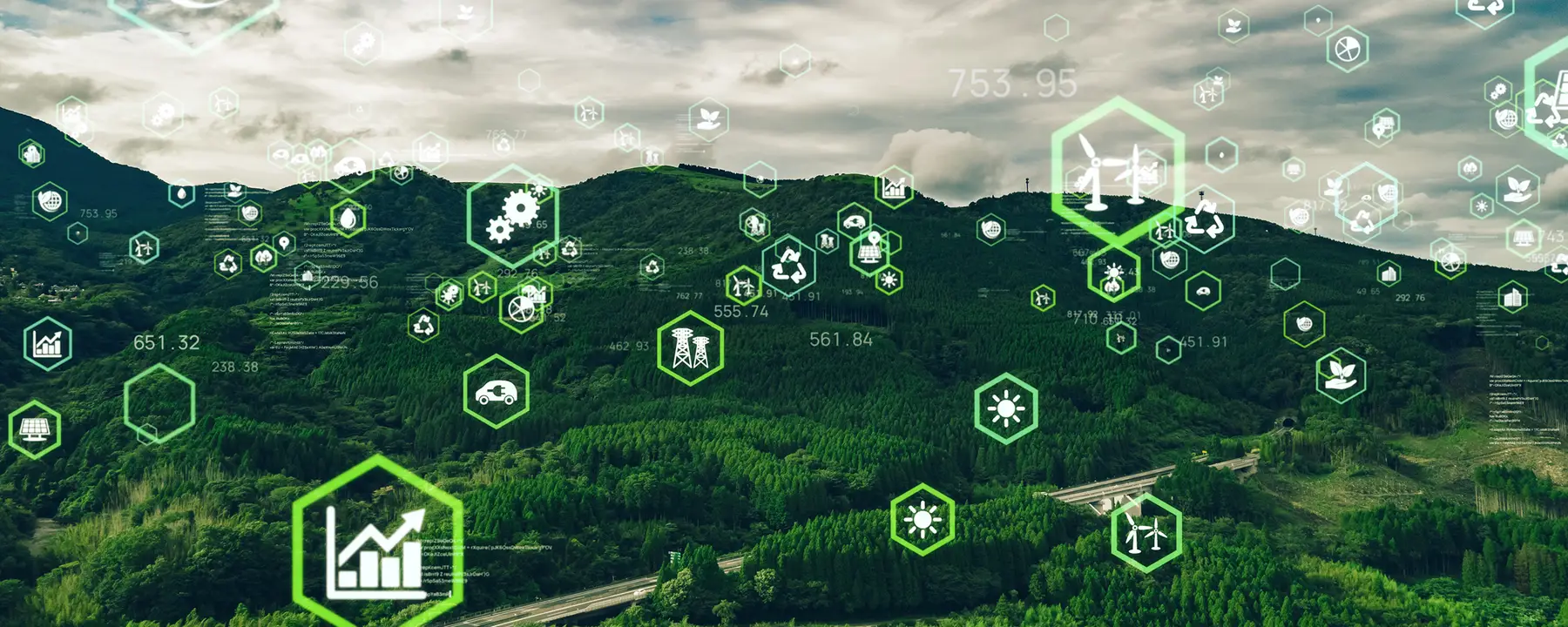WRI GHG Protocol Scope 2 Indirect Energy Emissions Modeling Test
The WRI (World Resources Institute) Greenhouse Gas Protocol (GHGP) is a leading international framework for companies to account for and reduce their greenhouse gas emissions. The Scope 2 category of the GHGP focuses on indirect emissions from purchased or otherwise acquired energy, such as electricity, heat, steam, and cooling consumed by an organization.
The WRI GHG Protocol Scope 2 Indirect Energy Emissions Modeling Test is a critical component in understanding and quantifying these emissions. This service involves the use of advanced modeling techniques to account for indirect emissions associated with energy purchases or consumption, which are not directly produced by the organization but contribute significantly to its carbon footprint.
This test is essential for organizations that want to meet regulatory requirements and demonstrate their commitment to climate action. According to the International Organization for Standardization (ISO), standards such as ISO 14064-3 provide guidance on how to account for indirect emissions, but organizations often require a more detailed and tailored approach.
The test typically involves several key steps:
- Identification of energy sources
- Detailed analysis of the energy consumption patterns
- Integration with organizational boundaries as per GHGP guidelines
- Application of relevant emission factors based on international standards (e.g., IPCC, IEC)
The process begins with a thorough review of the organization's energy usage data. This includes electricity bills, fuel consumption records, and other relevant documents. Once this information is compiled, it is then integrated into a comprehensive model that adheres to the GHGP guidelines.
Using advanced software tools, we can simulate various scenarios to understand how changes in energy sources or consumption patterns might affect the organization's carbon footprint. This allows organizations to make informed decisions about reducing their emissions and complying with environmental regulations.
The output of this test is a detailed report that not only quantifies indirect emissions but also provides insights into potential areas for improvement. This information can be used by quality managers, compliance officers, R&D engineers, and procurement teams to develop strategies for reducing emissions and improving sustainability.
For instance, the report might highlight opportunities to switch to renewable energy sources or implement more efficient energy management systems. By focusing on these areas, organizations can significantly reduce their environmental impact while also meeting regulatory requirements.
Quality and Reliability Assurance
The reliability of the WRI GHG Protocol Scope 2 Indirect Energy Emissions Modeling Test is paramount for any organization aiming to accurately account for its environmental impact. To ensure this, we employ a rigorous quality assurance process that includes:
- Regular calibration and validation of all testing equipment
- Compliance with international standards such as ISO 14064-3
- Independent verification by third-party auditors
- Continuous training for our staff to stay updated with the latest methodologies and best practices
This process ensures that the results of the test are accurate, reliable, and consistent. By adhering to these strict standards, we provide organizations with the confidence they need to make informed decisions about their environmental impact.
International Acceptance and Recognition
The WRI GHG Protocol Scope 2 Indirect Energy Emissions Modeling Test is widely recognized and accepted by regulatory bodies around the world. This test aligns with international standards such as ISO 14064-3, which provides a framework for organizations to account for greenhouse gas emissions.
Many countries have implemented policies requiring companies to report their Scope 2 emissions. For instance, the European Union's Energy Taxation Directive and the US Clean Air Act Amendments of 1990 both require organizations to account for indirect emissions as part of their environmental reporting.
The test is also recognized by various certification bodies such as ISO 14001, which provides a comprehensive framework for environmental management systems. By using this test, organizations can ensure they are meeting the latest regulatory requirements and industry best practices.
Environmental and Sustainability Contributions
- Promoting Renewable Energy Adoption: By identifying opportunities to switch to renewable energy sources, this test contributes to the global shift towards cleaner energy solutions.
- Reducing Carbon Footprint: The detailed insights provided by this test help organizations reduce their environmental impact and contribute to a more sustainable future.
- Informed Decision-Making: By providing accurate data on emissions, this test enables organizations to make informed decisions that align with sustainability goals.
- Enhancing Reputation: Demonstrating commitment to reducing emissions can improve an organization's reputation and attract customers who prioritize environmental responsibility.





